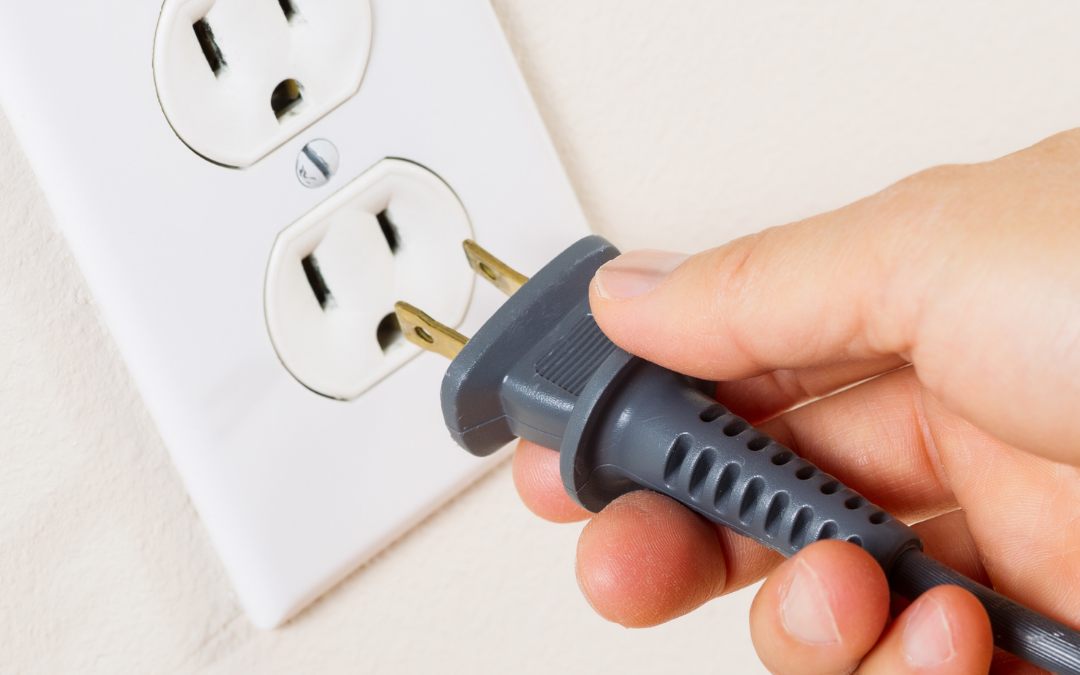
Homes built prior to the 1960’s, give or take a few years, usually have a type of branch wiring (wiring used to go from the main service panel to the outlets and switches), that is ungrounded. Ungrounded wiring comes in a variety of types. Knob and Tube wiring, generally used before 1930 has two wires separated by 2-3” and run through ceramic ‘tubes’ through the joists and plates, and ‘knobs’ when attached to other framing. This type of wiring is still in many homes and the safety factor of this is for another article. Simply put, it does not have a ground wire and is considered outdated.
Other types of ungrounded branch wiring are:
- Older style Romex sheathed cable with just a hot and neutral wire inside the plastic coating.
- Cloth covered wiring
- Asbestos covered wiring
- BX armored cable ( cable is used as a ground).
Regardless of the type of ungrounded wiring, knowledge of what it means can give you a leg up on home ownership and help assess what improvements can be made.
If you have ungrounded branch wiring, this means the receptacles that you plug into will not have a ground wire. This is significant because any potential overloads or surges will not have a path to the ground and could impact that appliance that is plugged into it, and potentially be a safety problem for you, the homeowner as you are plugging something in.
Technically, if a home has ungrounded wires, with 2-hole outlets, it is considered acceptable, even though it is out of date. It is not considered acceptable to simply replace the 2-hole receptacles with 3-hole receptacles. This implies that the outlet is grounded when it isn’t. It is generally not OK to use a 2 prong to 3 prong adaptor to try and ground it either. There are really 3 good to decent options that most electricians recommend if you have ungrounded outlets and want or need additional protection.
- Install a GFCI breaker on the circuit(s) that are ungrounded. It will NOT ground the circuit but will add shock protection.
- Run new wires, or ground wires only, from the panel to specific outlets. This, for example, would be practical if one outlet was needed for a large TV or computer station. Depending on the location and access under it, this can be the best option.
- Re-wire the house. This is sometimes necessary, but also the most expensive as it generally will involve some type of demolition and removal of old lines.
Ungrounded outlets are not ideal but are still common in older homes and should be dealt with. Some laptops, lamps, and TV’s have a 2 prong plug and don’t need a grounded outlet. Newer kitchen appliances, such as refrigerators, require a grounded outlet in order for the warranties to apply. You may have no way to know about this unless the system is inspected by a qualified professional such as a home inspector or electrician.
